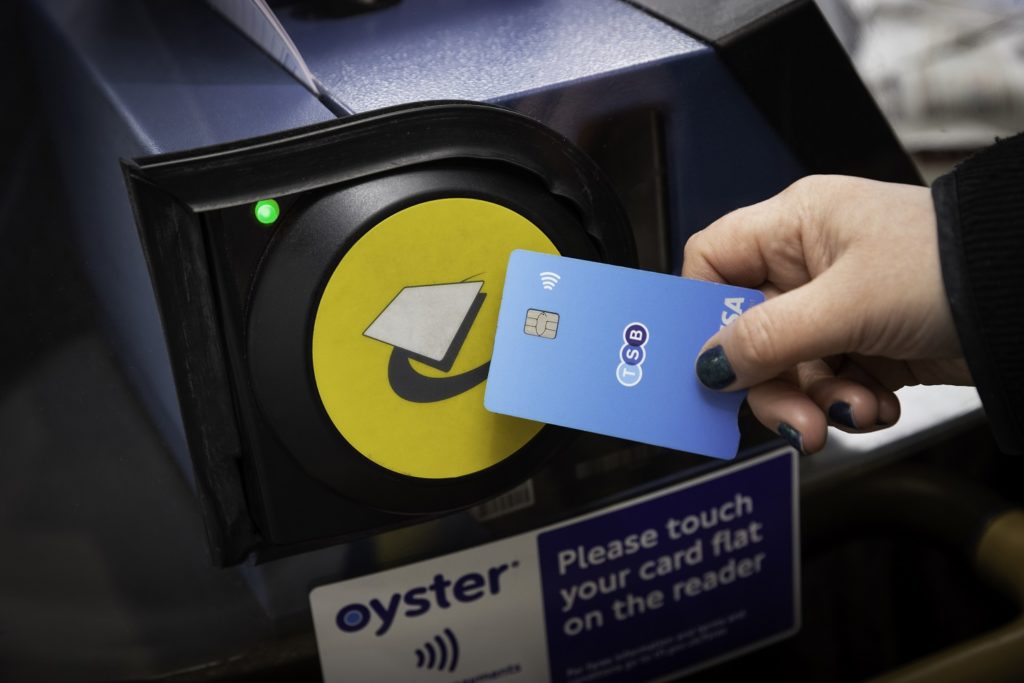TfL celebrates decade of contactless payments
TfL is marking ten years since contactless payment using a bank card was first introduced as a new way to pay on London’s buses.
The system, which evolved from TfL’s successful Oyster card system and was developed in partnership with the wider banking industry, allows customers to benefit from the ease and convenience of using their contactless bank card or mobile device, rather than having to pre-purchase anything. The system also allows for daily and weekly (Monday to Sunday) capping, meaning customers never pay more than the equivalent 7 Day ticket.
On its first day, only 2,061 customers made 2,586 bus journeys using contactless bank cards. A year after launching, TfL had seen more than 6.5 million journeys (around 33,000 bus journeys a day) being made using a contactless payment card and by December 2017, more than half a billion journeys had been made (with TfL seeing around 900,000 bus journeys a day made using contactless).
Following the pandemic, bus ridership is now at around 80-85% of pre-pandemic levels, with more than five million journeys a day being made – with around 1.7 million of those made using pay as you go with contactless. Around 70% of all pay as you go journeys on buses are made using contactless payment cards or mobile devices.
The most popular bus route for contactless use is route 149 from London Bridge to Edmonton with around 100,000 contactless taps a week.
It was not until 16 September 2014 that contactless payment card acceptance launched on the wider transport network in London.
In September 2016, the introduction of the Mayor’s ‘Hopper’ fare, which offers unlimited bus and tram travel, within an hour of first touching in, for the price of a single fare, helped further increase contactless use. Since then, more than 770 million Hopper fare journeys have been made using contactless payment and Oyster cards on buses and trams across London.
TfL says development of contactless payments is seen by many as the catalyst for contactless being adopted more generally by consumers across the world, as well as in the UK. The huge success of pay as you go with contactless in London has led to other cities across the world such as New York, Chicago and Sydney having now introduced contactless payment options for public transport based on London’s system.
“This system has helped to continue to make bus journeys easier and more convenient for millions of Londoners and visitors to our city” – Seb Dance, Deputy Mayor for Transport
Seb Dance, Deputy Mayor for Transport, said: “I’m pleased we are celebrating ten years of contactless payment being available on London’s buses. This system has helped to continue to make bus journeys easier and more convenient for millions of Londoners and visitors to our city.”
“Contactless is the way forward and TfL has led the way” – Norman Baker, Director of External Affairs at Campaign for Better Transport
Norman Baker, Director of External Affairs at Campaign for Better Transport, said: “Contactless is the way forward and TfL has led the way. It is undoubtedly the case that the introduction of contactless, following on from the hugely successful Oyster card, will have pushed up the numbers using public transport, which is exactly what we at Campaign for Better Transport want to see. And confidence in the system is such that people believe with good reason that they are being charged the right fare without ever having to check. As soon as we can see similar commitment in our other major cities in England, the better.”
